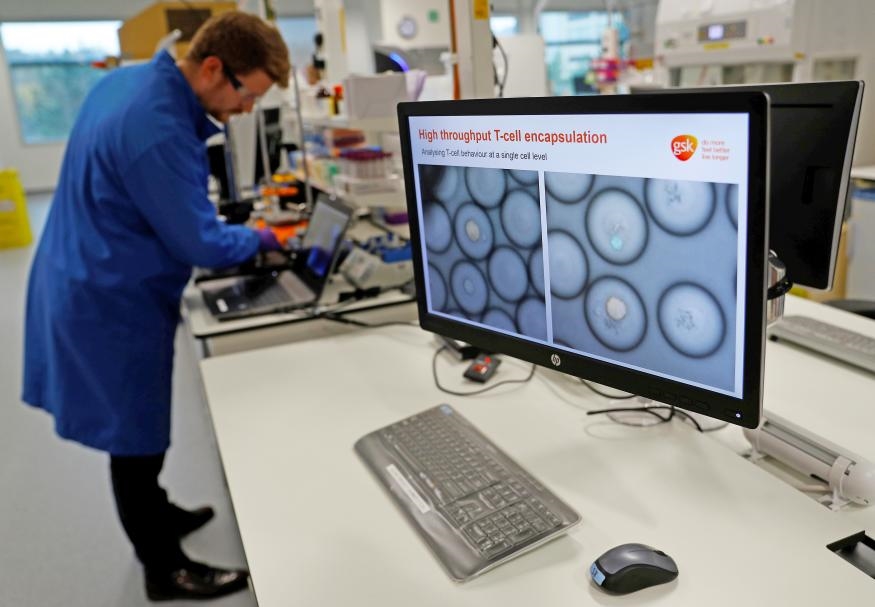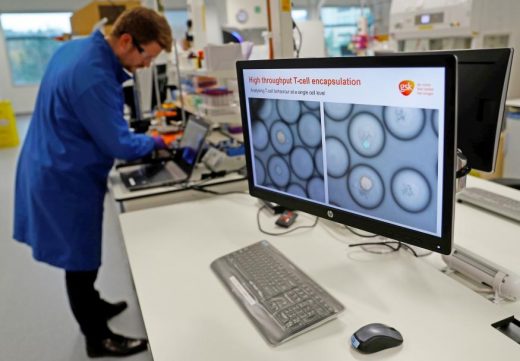Scientists have successfully engineered bacteria to fight cancer in mice
Scientists have successfully engineered bacteria to fight cancer in mice

Researchers at Stanford Medicine have made a promising discovery that could lead to new cancer treatments in the future. Scientists conducted tests in which they altered the genomes of skin-based microbes and bacteria to fight cancer. These altered microbes were swabbed onto cancer-stricken mice and, lo and behold, tumors began to dissipate.
The bacteria in question, Staphylococcus epidermidis, was grabbed from the fur of mice and altered to produce a protein that stimulates the immune system with regard to specific tumors. The experiment seemed to be a resounding success, with the modified bacteria killing aggressive types of metastatic skin cancer after being gently applied to the fur. The results were also achieved without any noticeable inflammation.
“It seemed almost like magic,” said Michael Fischbach, PhD, an associate professor of bioengineering at Stanford. “These mice had very aggressive tumors growing on their flank, and we gave them a gentle treatment where we simply took a swab of bacteria and rubbed it on the fur of their heads.”
This is yet another foray into the misunderstood world of microbiomes and all of the bacteria that reside there. Gut biomes get all of the press these days, but the skin also plays host to millions upon millions of bacteria, fungi and viruses, and the purpose of these entities is often unknown.
In this instance, scientists found that staph epidermidis cells trigger the production of immune cells called CD8 T cells. The researchers basically hijacked the S. epidermidis into producing CD8 T cells that target specific antigens. In this case, the antigens were related to skin cancer tumors. When the cells encountered a matching tumor, they began to rapidly reproduce and shrink the mass, or extinguish it entirely.
“Watching those tumors disappear — especially at a site distant from where we applied the bacteria — was shocking,” Fischbach said. “It took us a while to believe it was happening.”
As with all burgeoning cancer treatments, there are some heavy caveats. First of all, these experiments are being conducted on mice. Humans and mice are biologically similar in many respects, but a great many treatments that work on mice are a dud with people. Stanford researchers have no idea if S. epidermidis triggers an immune response in humans, though our skin is littered with the stuff, so they may need to find a different microbe to alter. Also, this treatment is designed to treat skin cancer tumors and is applied topically. It remains to be seen if the benefits carry over to internal cancers.
This is a major breakthrough. https://t.co/CgVYcf3lRY
— MIT Technology Review (@techreview) April 14, 2023
With that said, the Stanford team says they expect human trials to start within the next few years, though more testing is needed on both mice and other animals before going ahead with people. Scientists hope that this treatment could eventually be pointed at all kinds of infectious diseases, in addition to cancer cells.

This article originally appeared on Engadget at https://www.engadget.com/scientists-have-successfully-engineered-bacteria-to-fight-cancer-in-mice-165141857.html?src=rss
(7)


